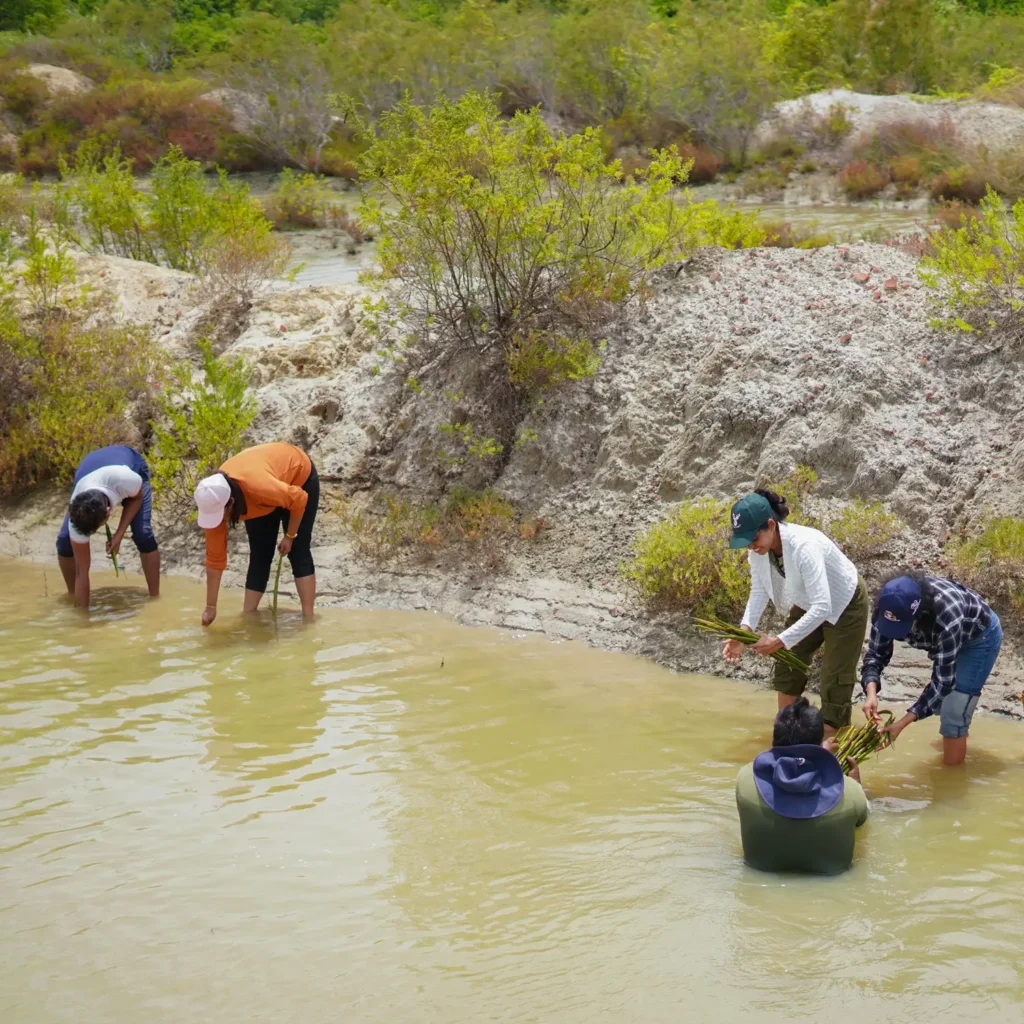Preserving biodiversity and fighting climate change through mangrove restoration
In keeping with its commitment to leadership in sustainability, Star is leading an ambitious effort to enhance biodiversity around its factories and offices by restoring local mangrove habitats equivalent to half of the company’s physical footprint.
In collaboration with the Department of Wildlife Conservation, the Department of Forest Conservation, the Sri Lankan Navy, the Wildlife and Nature Protection Society, and the University of Wayamba, STAR is working to restore mangroves across 3 hectares of the Anawilundawa Ramsar Wetland Sanctuary.
In the late 1990s, more than half of Sri Lanka’s mangroves, like Anawilundawa, were destroyed to create shrimp aquaculture farms, devastating coastal ecosystems and the communities that relied on them.

Known as “blue forests,” coastal mangrove ecosystems can store up to ten times more CO₂ per unit area than rainforests, making them a powerful tool in the fight against climate change
Today, the Anawilundawa Wetlands stand as a vibrant sanctuary, home to over 150 bird species, 20 species of mammals, and more than 70 species of butterflies. Over half of Sri Lanka’s freshwater fish species also thrive in these waters.
Star’s commitment to restoring this vital ecosystem earned the UN Decade of World Restoration Flagship Award for Sri Lanka in 2024, highlighting the company’s ongoing dedication to sustainable innovation and ecological stewardship.